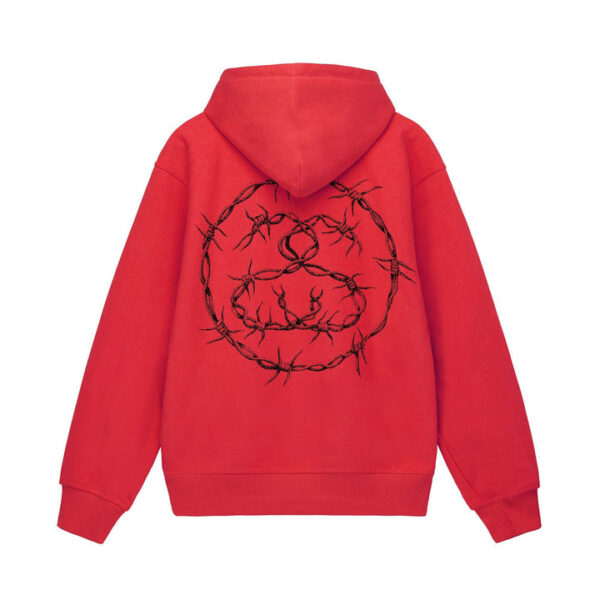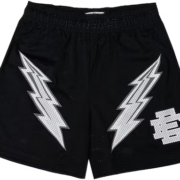The drinking horn is one of the most iconic symbols of ancient traditions, often associated with the Vikings and other early European cultures. While it might be viewed today as a relic or novelty item, the drinking horn has a deep-rooted history that goes beyond its appearance in popular media and festivals. It is a vessel that carries not only liquids but also a rich cultural heritage that has transcended centuries. In this article, we’ll explore the origins, uses, and significance of the drinking horn, as well as its modern-day revival.
The Origins of the Drinking Horn
The drinking horn has been used by various cultures throughout history, with its origins tracing back to ancient times. Made from the horns of animals like cows, buffalo, or aurochs, this vessel was used for drinking purposes by ancient civilizations such as the Scythians, Greeks, Romans, and Celts. However, the most famous users of the drinking horn are undoubtedly the Vikings, whose conquests and exploration helped spread the use of this unique drinking vessel across Europe.
The earliest known examples of drinking horns date back to around the 5th century BC, but it’s believed they were used long before that. Horns were a practical choice for drinking vessels because they were readily available and relatively easy to shape. Over time, they became more than just a tool for drinking—they evolved into symbols of power, status, and celebration.
Cultural Significance of the Drinking Horn
The drinking horn held symbolic value in many cultures. In ancient Europe, it was often seen as a representation of wealth and prestige. The nobility and warriors would use elaborately decorated drinking horns during feasts, ceremonies, and rituals. These horns were sometimes adorned with precious metals like gold and silver, or intricately carved with scenes from mythology and epic tales.
In Norse and Viking culture, the drinking horn was closely tied to social gatherings, celebrations, and religious ceremonies. Feasting halls, where Viking warriors would gather after battle or during important festivals, were often scenes where drinking horns were passed around. They were filled with mead, ale, or wine, and shared among the participants as a sign of camaraderie and unity.
In Norse mythology, the drinking horn also carries spiritual significance. The mythical horn of Heimdall, called Gjallarhorn, was said to signal the onset of Ragnarok—the end of the world. Similarly, the gods and heroes of these myths were often depicted drinking from horns during grand feasts in Valhalla, where they prepared for eternal battle.
The Use of Drinking Horns in Ancient Times
While the drinking horn is most often associated with Vikings, it was used by various other groups throughout history. The Celts, for instance, used drinking horns during religious ceremonies and tribal gatherings. The Scythians, an ancient group of nomadic warriors, also used drinking horns and were known for their elaborate gold and silver adornments.
In these ancient cultures, the use of a drinking horn was often ceremonial. During feasts and important gatherings, it was common for a single horn to be passed around, symbolizing unity and mutual respect. Drinking from the same vessel created a shared experience and was seen as a gesture of trust and fellowship.
Additionally, drinking horns were often used as offerings to the gods. Horns filled with mead or ale would be poured out as libations during religious rites, a way to honor the divine and seek blessings. This practice was common among the Norse, Celts, and other European pagan cultures.
The Craftsmanship Behind Drinking Horns
Crafting a drinking horn is both an art and a science. The process typically starts with the careful selection of a horn, usually from a cow or buffalo. Once selected, the horn undergoes several stages of cleaning, shaping, and polishing to create a smooth and functional drinking vessel.
The inside of the drinking horn is often lined with a food-safe material, such as beeswax, to prevent it from absorbing the liquid or affecting its flavor. Some more elaborate drinking horns are adorned with metal fittings, carvings, and decorative bands, making them not just practical items but also works of art.
Ancient artisans took great pride in the craftsmanship of these horns. The most prestigious horns were reserved for tribal leaders, kings, and warriors of high rank. Today, modern craftsmen continue this tradition, creating both historical replicas and contemporary interpretations of the classic drinking horn.
The Revival of the Drinking Horn in Modern Times
In recent years, the drinking horn has experienced a resurgence in popularity, thanks in large part to the growing interest in Viking culture and history. TV shows, movies, and video games featuring Vikings have helped bring this ancient artifact back into the public eye. As a result, drinking horns have become popular items at medieval fairs, historical reenactments, and even modern-day celebrations like weddings and parties.
Many people today purchase drinking horns as novelty items, souvenirs, or as a way to connect with their heritage. Some are drawn to the idea of drinking from a horn as a way to recreate the past, while others appreciate the craftsmanship and beauty of these unique vessels.
In addition to their use in historical reenactments, drinking horns have also found a place in modern craft beer and mead culture. Many enthusiasts enjoy drinking their favorite brews from drinking horns, adding an extra layer of tradition and experience to their enjoyment.
Conclusion
The drinking horn is much more than a simple drinking vessel. It carries with it a legacy of ancient traditions, warrior culture, and deep symbolism. From its origins in the hands of Scythian nomads and Celtic tribes to its iconic role in Viking feasts, the drinking horn has stood the test of time as a symbol of unity, celebration, and craftsmanship. Today, the continued fascination with the drinking horn shows that this ancient tradition is far from forgotten.
As more people seek to reconnect with their historical roots, the drinking horn serves as a reminder of the past’s enduring influence. Whether used in reenactments or simply enjoyed as a unique piece of history, the drinking horn continues to be a vessel of cultural significance and timeless appeal.












